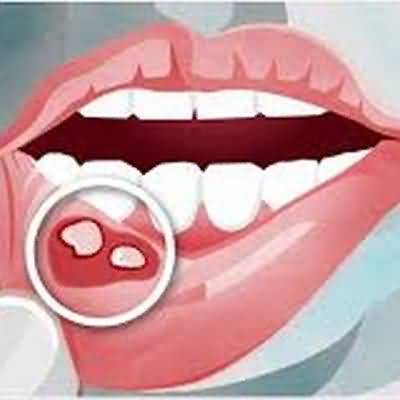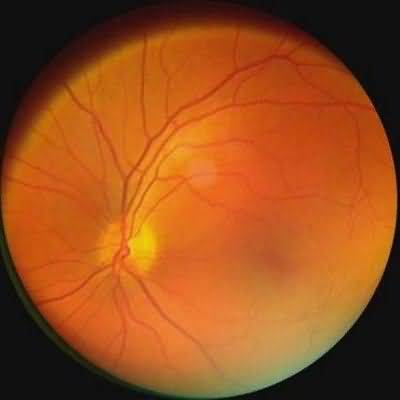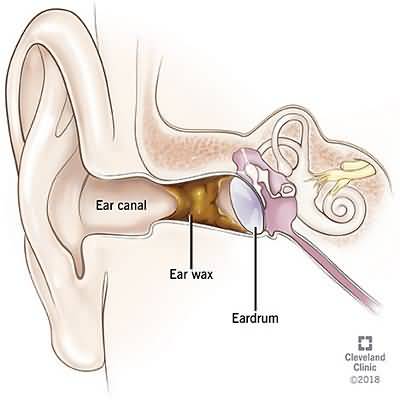aphthous ulcer canker sore ulcerative stomatitis
aphthous ulcer canker sore ulcerative stomatitis
Aphthous ulcers are very common and easy to recognize
Their cause remains uncertain, although an association with human herpesvirus 6 has been suggested
Found on freely moving, nonkeratinized mucosa (eg, buccal and labial mucosa and not attached gingiva or palate), they may be single or multiple, are usually recurrent, and appear as painful small round ulcerations with yellow-gray fibrinoid centers surrounded by red halos
Minor aphthous ulcers are less than 1 cm in diameter and generally heal in 10–14 days
Major aphthous ulcers are greater than 1 cm in diameter and can be disabling due to the degree of associated oral pain
Stress seems to be a major predisposing factor to the eruptions of aphthous ulcers
A study found that the frequency of viral rhinitis and bedtime after 11 pm were independent predictors of aphthous ulcer frequency and severity in college students
Treatment is challenging because no single systemic treatment has proven effective
Topical corticosteroids (triamcinolone acetonide, 0
1%, or fluocinonide ointment, 0
05%) in an adhesive base (Orabase Plain) do appear to provide symptomatic relief in many patients
Other topical therapies shown to be effective in controlled studies include diclofenac 3% in hyaluronan 2
5%, doxymycine-cyanoacrylate, mouthwashes containing the enzymes amyloglucosidase and glucose oxidase, and amlexanox 5% oral paste
A 1-week tapering course of prednisone (40–60 mg/day) has also been used successfully
Cimetidine maintenance therapy may be useful in patients with recurrent aphthous ulcers
Thalidomide has been used selectively in recurrent aphthous ulcerations in HIV-positive patients
Large or persistent areas of ulcerative stomatitis may be secondary to erythema multiforme or drug allergies, acute herpes simplex, pemphigus, pemphigoid, epidermolysis bullosa acquisita, bullous lichen planus, Behçet disease, or inflammatory bowel disease
Squamous cell carcinoma may occasionally present in this fashion
When the diagno- sis is not clear, incisional biopsy is indicated


















